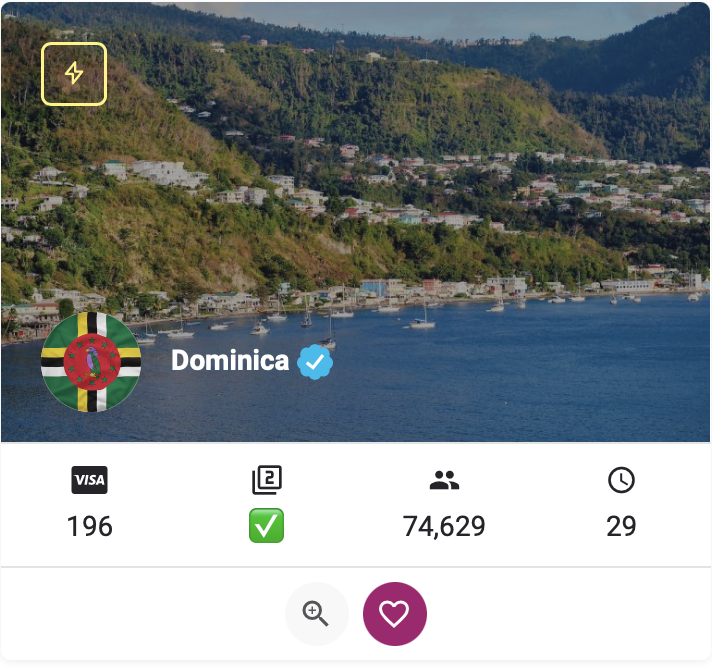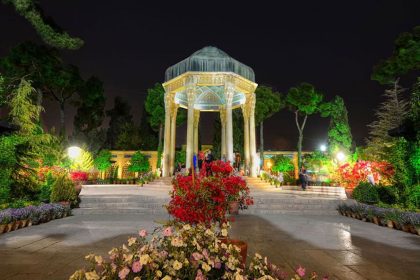Mohammad Ibrahim Zarei, head of the Institute for Cultural Heritage and Tourism, spoke during a scientific visit to Abdanan city in Ilam province, which could launch one of the brightest archaeological chapters in the Middle East: identifying stone mines where the magnificent pillars of Darius have been carried out.
According to Zarei, the unprecedented finding was first introduced by Mohammad Heydari, a concerned teacher of Abadani, and then entered the scientific review phase with expert reviews and initial approval of Loghman Ahmadzadeh Shohani, an archaeologist of the Shush World Heritage Site. A set of satellite data, field observations, and geological analysis eventually brought the researchers to a point in the heart of Kabirkuh; Where not one mine, but three consecutive mines were identified with definitive evidence of bastati and possibly Achaemenid mining activities.
Zarei pointed out the importance of this discovery:
So far, the exact location of the mines supplying massive stones used in the construction of the Susa Palace was unclear. Although Darius the Great in the Apadana Palace inscription referred to a place called Abiradush, its location remained in a state of ambiguity. Now and with the new findings, these mines have been possible to adapt to that historical description.
Head of the Institute for Cultural Heritage and Tourism:
More detailed tests are being carried out to compare the samples in the Susa Palace columns. These specialized studies will enter a new phase in the next two weeks, and if the stones are proven, the Shush World Registrar can be updated with new information; A strategic step that provides the opportunity to revise and enhance the global position of the ancient site as well as the mine discovery area.
Zarei added:
During the studies, signs of ancient stone cutting tools, remnants of extraction and significant amounts of iron ore have also been discovered; A rock that is likely to be strongly used to produce metal fasteners in Achaemenid stone architecture. These discoveries, along with the geological characteristics of the region, reinforce the likelihood of the Achaemenid mines.
He said.
The approximate distance of these mines to Susa is about 2 kilometers, and the route of stones in ancient times was probably a combination of mountainous and blue routes, especially through the Karkheh River. The rebuilding of this historic transport network opens new prospects for understanding the management system, human resources and native technologies.
From a farmer’s point of view, the importance of this discovery is beyond Iran’s borders. If the relationship between Abadan mines and Achaemenid constructions in Susa is finalized, the discovery could be the same as the discovery of the Pentechian marble mine in Athens for the construction of the Parthenon; A decisive point in the history of classical architecture of the world.
The head of the Institute for Cultural Heritage and Tourism said at the end:
Further research can not only enable the registration of newly discovered Mines in UNESCO, but will also significantly upgrade the indigenous capacities of the area from the middle Zagros for the development of scientific, historical and cultural tourism.
RCO NEWS












